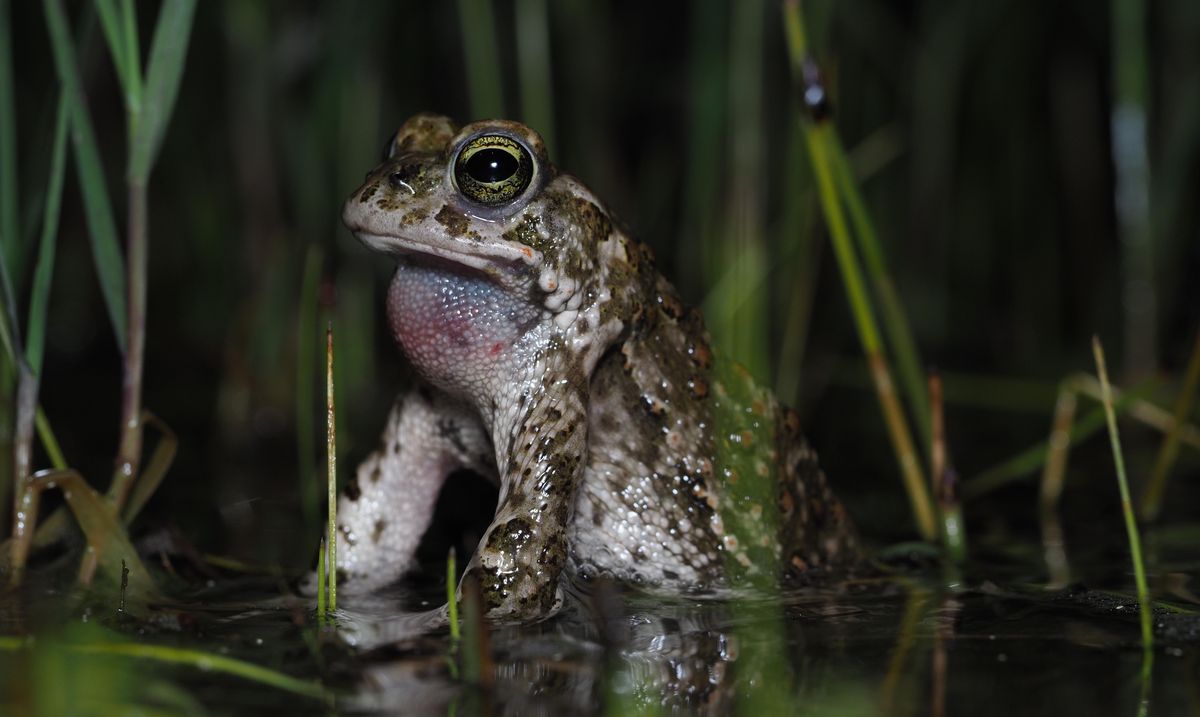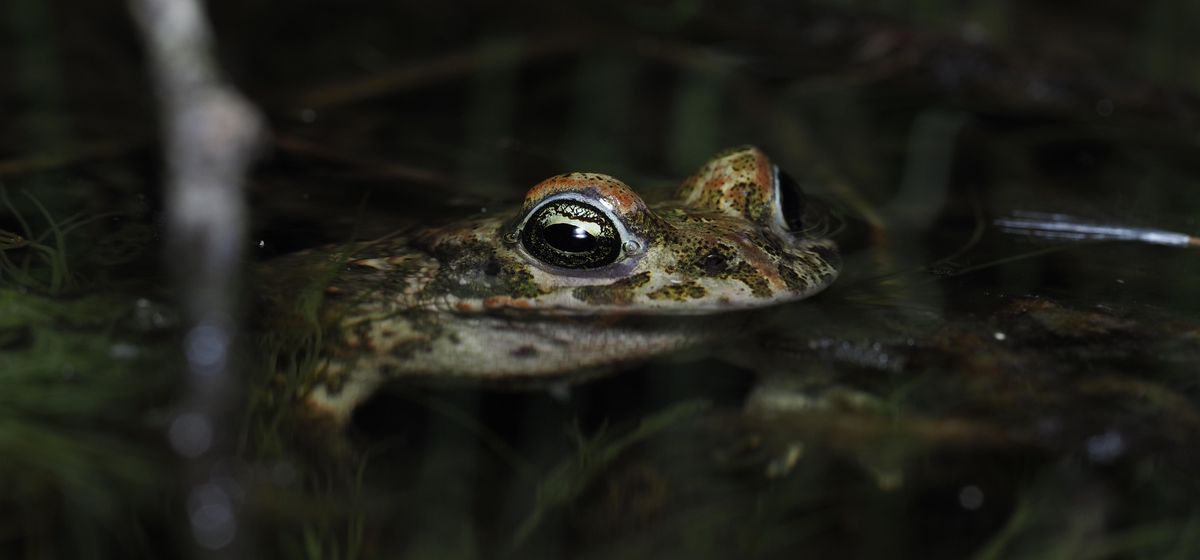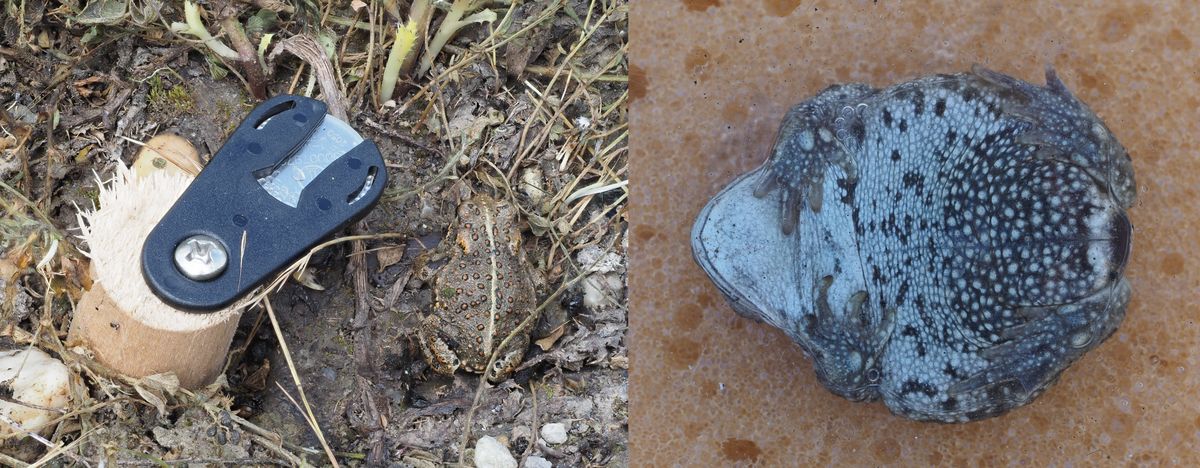Project period: 1st May 2021 – 30th of June 2024
Background
The post-mining landscapes of lignite (brown coal) open-pit mining provide important secondary habitats for a variety of pioneer species that are specialized on highly dynamic environmental conditions. These habitats are increasingly being lost due to the coal phase-out and progressing ecological succession. In central Germany, the natterjack toad is one of the species that is particularly dependent on open-pit mining. Like many other pioneer species, its population has significantly declined in recent decades. However, studies on populations in lignite mining areas are scarce, and basic knowledge of the limiting site and climate factors prevalent in these areas is lacking. Therefore, in a model region south of Leipzig, we are studying populations of the natterjack toad in order to ensure their long-term conservation beyond the end of mining operations. In the study area, within the still-active mining sites ‘Schleenhain’ and ‘Profen,’ the toads inhabit breeding waters and terrestrial habitats with varying characteristics, such as the edges of active mining zones, recultivated areas, and post-mining landscapes that are managed for nature conservation and grazed.
Project objectives
In our project, we focus on those aspects that have proven to be demographic key factors in population studies of the natterjack toad in other habitat types and regions. For the aquatic life stage, we aim to identify which water bodies match the preferences of the local natterjack toads while also offering a low risk of early desiccation and high metamorphosis rates. In the terrestrial habitat, special attention is given to the habitat requirements and spatial use of juvenile and subadult toads, which are less studied then adults. Their survival is particularly important for the stability of local populations, and dispersing juveniles are key to ensuring genetic exchange and supporting neighboring populations (functional connectivity). The goal is therefore to identify those (micro)habitats that are actively selected by the young toads and that offer favorable microclimatic conditions for their survival and migratory activity
Methods
In line with the long breeding period of the natterjack toad, potential breeding waters are surveyed every two weeks between April and July. During these surveys, habitat characteristics, water levels, and the abundance of natterjack toads are recorded through larval and egg string counts. The spatial and habitat use of juvenile toads is studied through active searches on standardized plots, where ground temperature and moisture are recorded. In addition to counting juveniles, individuals above a minimum size are documented by photographing their ventral and dorsal sides, allowing for individual identification and tracking of their spatial use. In the analysis, the use of occupancy models allows for consideration of detection probabilities that vary with habitat characteristics for eggs, larvae, and juveniles. Additionally, habitat-specific densities in the terrestrial environment are estimated using spatially explicit capture-recapture methods (spatial capture-recapture). To make statements about the (historical) connectivity of local populations at the landscape level and their genetic diversity, complementary population genetic studies using microsatellite analyses are conducted.


